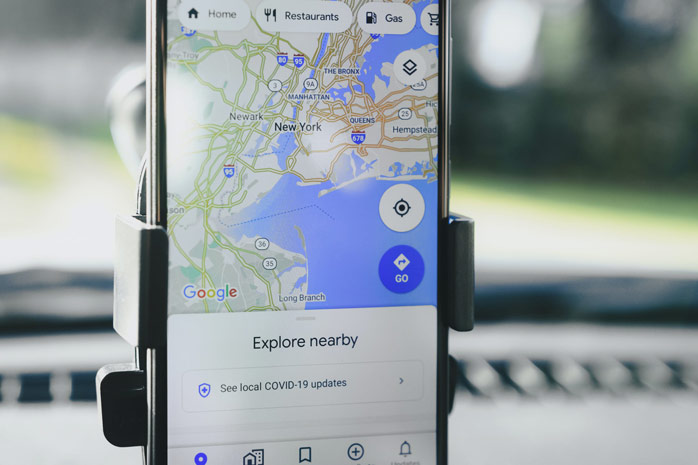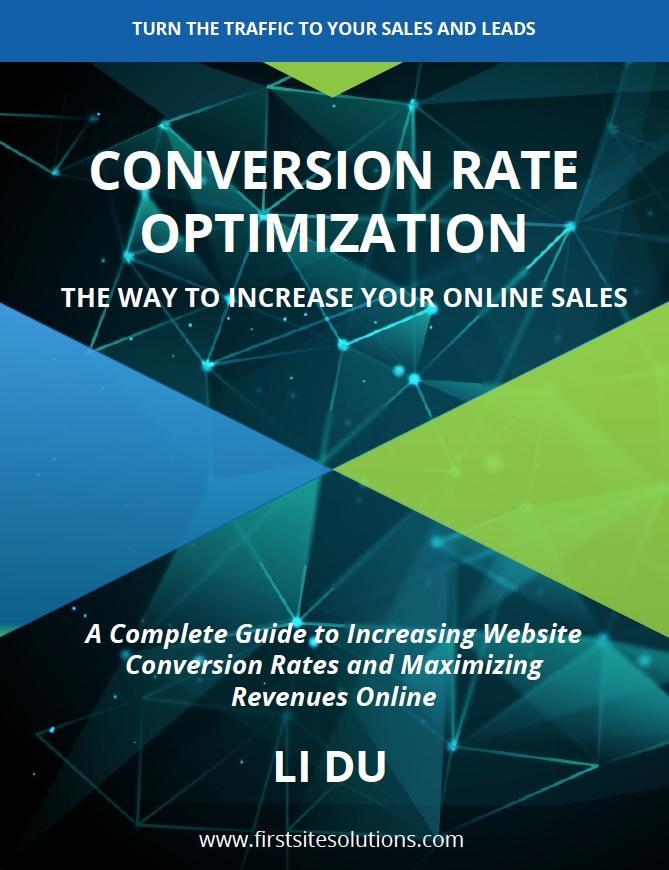
As Google continues to dominate the digital sphere marketing-wise, so too does Google My Business (GMB). From the spearhead of local Search Engine Optimization (SEO) efforts to the gateway to Google’s app ecosystem, GMB is invaluable. Most marketers will attest to this assertion, and rightfully so – GMB will get you on Google Maps, increase your website traffic, and more. But what exactly is it, how exactly does it benefit businesses, and how did the post-COVID landscape affect it? Put differently, what are the Google My Business benefits, in 2021 and beyond, you should be aware of? Let us find out.
What is Google My Business?
First and foremost, let us briefly explore GMB itself.
Formerly known as Google Local and Google Places, Google My Business is a free business listing platform. In brief, it offers business profiles for quick Name, Address, and Phone number (NAP) information access. For local businesses, it provides enhanced local visibility in “near me” searches, improving local SEO. As each profile is location-specific, it also helps multi-location businesses with handling multiple locations in terms of marketing.

Finally, being powered by Google, it allows access to Google’s app ecosystem, including:
- Google Search knowledge panels
- Google Maps
- Local finder
As such, it notably allows for Google Maps marketing, as we’ll discuss below.
Google My Business benefits in 2021 and beyond
With the above context in mind, we may delve into Google My Business benefits in 2021 and beyond. As we do so, we’ll use relevant statistics to demonstrate their exact significance.
#1 Google Maps marketing
Perhaps most importantly, GMB places businesses on the proverbial – and literal – map of Google Maps. While Google Maps should need no introduction, let us briefly establish its prominence:
- Google Maps is currently the most-used map technology across the internet, at 83%.
- The Google Maps API currently has a market share of 61.57%.
- Google Maps has over 5 billion downloads.
- In February 2021, more than half of US mobile users accessed it.
- Google Maps now has over 1 billion active monthly users.

With those numbers in mind, it should be unquestionable that Google Maps is an invaluable place to be. But just being there does not suffice, for there are three distinct fronts of Google Maps marketing to be aware of:
- Proximity-based searches. These typically include “near me” searches and local intent searches. For these, users will get results based on their proximity to GMB locations.
- Ranked Google Maps results. Much like Google search engine results pages (SERPs), Google Maps also ranks search results. These, too, are based on GMB profile optimizations and such factors as reviews.
- Paid ads. Finally, Google Maps also features paid ads that supersede organic results. Much like search engine ads, those too are subject to ad rank factors.
Still, challenges aside, access to this massive marketing front is arguably one of the core Google My Business benefits.
#2 Leveraging reviews
Having mentioned reviews, GMB reviews do indeed factor in quite heavily. First, consider the significance of reviews as regards GMB ranking itself:
- Moz finds that review signals are the 3rd Local pack/Finder ranking factor, at 15.44%.
- They also find that review signals are 7th in localized organic ranking factors, at 6.47%.
That is, of course, understandable, as reviews constitute social proof. Indeed, in terms of your audiences, consider some of the statistics Reviewtrackers reported:
- “63.6 percent of consumers say they are likely to check online reviews on Google before visiting a business[.]”
- “94 percent [of customers] say an online review has convinced them to avoid a business.”
- “80 percent of consumers say the star ratings they trust the most are 4.0, 4.5, and 5 stars.”
Thus, when social media strategies remain undeniably effective, leveraging reviews through GMB offers a very notable opportunity to foster trust.
#3 Business Analytics
Moreover, GMB offers its very own Insights page. Such analytics will include:
- Audience analytics. Much like Customer Relationship Management (CRM) software, GMB’s audience analytics can inform your audience segmentation strategies.
- Search queries. Knowing which keywords audiences use to find your business can inform your keyword research.
- Engagement analytics. Engagement metrics will include profile views, photos views, website clicks, direction queries, and more.
Naturally, these additional insights are invaluable, each for its own reasons. From more accurate customer profiles and customer journey mapping to better keyword choices, knowledge is power – and GMB provides.

#4 Google posts
Moreover, having touched on social media, one of the key Google My Business benefits is that it can act as a content platform. Google Posts can offer an additional way to inform and engage with audiences, through such post types as:
- Event posts. You may dedicate posts to ongoing or upcoming events that may interest local audiences.
- Offers and product updates. Similarly, you may promote products in the same way as you would through social media.
- Seasonal posts and announcements. Again similarly to social media, you may use your GMB platform for announcements your audiences will find valuable. These may include COVID updates, as we’ll discuss below.
Finally, Google posts can also overlap with social media posts considerably. Consider, for example, cross-posting your most valuable content across social media platforms, including GMB. In doing so, you may expand your reach and engagement, with little effort beyond adapting content to each platform.
#5 Local SEO
Finally, to return to one of the most crucial Google My Business benefits, GMB spearheads local SEO.
Regardless of your business size or focus on local audiences, local searches are increasingly valuable. To illustrate this, consider the findings Search Engine Journal reported on:
- 50% of all mobile local searches resulted in physical store visits within one day.
- 50% of all mobile local searches seek local businesses’ NAP information.
- 78% of all mobile local searches resulted in offline purchases.
Should you wonder why these findings are so mobile-centric, the answer is twofold:
- Mobile devices now generate more than half of all website traffic.
- Mobile-friendliness is already a crucial SEO ranking factor to account for this, as Google indexes mobile websites first.
In turn, to more accurately match the search intent of local users, GMB enables the SEO subset of local SEO. To do so, it focuses on local ranking, which Google explains is “based primarily on relevance, distance, and prominence”. They continue to explain that “[a] combination of these factors helps us find the best match for your search.”
These terms, of course, don’t quite have their colloquial meanings in this context. Instead, Google defines them as such:
- Relevance: “Relevance refers to how well a local Business Profile matches what someone is searching for.”
- Distance: “Distance considers how far each potential search result is from the location term used in a search.”
- Prominence: “Prominence refers to how well known a business is. […] Prominence is also based on information that Google has about a business, from across the web, like links, articles, and directories.”
These are all qualities that local SEO delves into – from keyword research for relevance and profile accuracy for distance, to leveraging reviews and inciting engagement for prominence. It should thus be no exaggeration to assert that local SEO efforts must begin with GMB.
And what about COVID-19?
Finally, the COVID-19 pandemic has had a profound, long-lasting effect on the global economy. As local measures and lockdowns continue to change, businesses need to adapt – and so do their customers.
For this reason, GMB now allows for a post type specific to COVID-related information. In fact, Google will dub it as “COVID-19 related information”, allowing for better visibility. You may use this post type to inform your customers of such changes as:
- Opening and closing hours
- Temporary closures
- Fulfillment changes
Such posts will also benefit your business greatly, allowing your audiences to quickly find crucial information about your operations. They will also help promote safety measures, building trust, and ensuring the wellbeing of your local communities.
Conclusion
To conclude, there are numerous Google My Business benefits to note. From Google Maps access for Google Maps marketing to local SEO, GMB enhances local visibility tremendously. Reviews and Google posts act as additional ways to build trust and engage, respectively, and can integrate into your social media strategies through cross-posting. Finally, additional business analytics can only further enhance your marketing efforts, from keyword research to ad targeting. In 2021 and beyond, GMB will be an invaluable ally to local businesses across the world.








